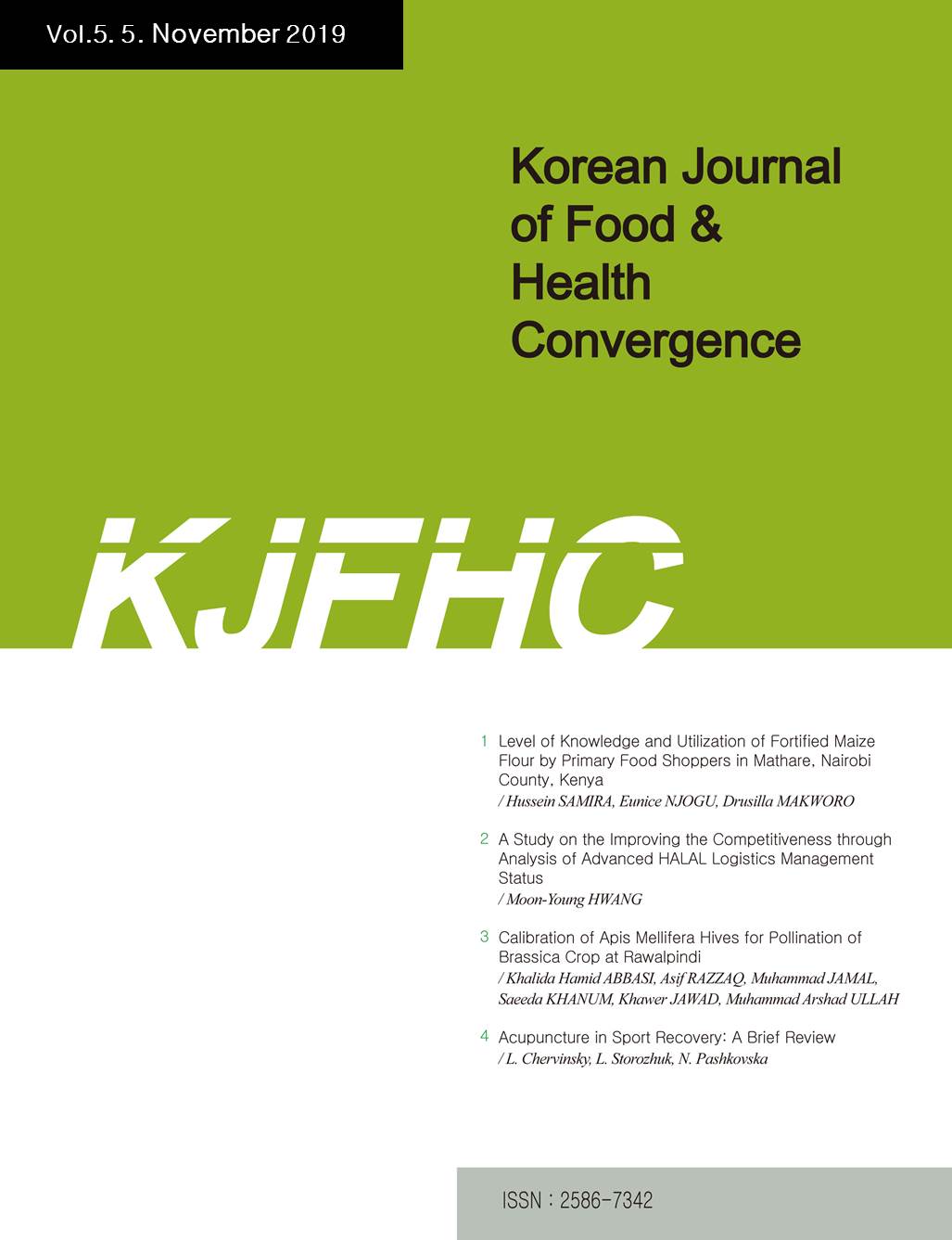 E-ISSN : 2586-7342
E-ISSN : 2586-7342
Przybyszewski, Hubert
Stepien, Lech
Abstract
The purpose of previous study centered around introducing minerals into bee colonies was to observe the Varrosa destructor mites-repelling effect of minerals ("Pszczelarstwo" 6/2016). The results of research published so far confirmed the purpose of using minerals in the fight against Varrosa infestation. This publication presents partial results of the next stage of research. Using foundation enriched with studied minerals in right proportions leads to diminishing the number of Varroa destructor parasites in bee colonies. It may also contribute to increase in the amount of honey obtained from bees. Foundations with minerals were in most cases correctly filled with larvae, and the new generation of bees didn't show any morphometric or physical-motor aberrations. The effect of minerals in the foundation weakens with time, which requires adequate reaction from the beekeeper. The study showed no negative effect of mineral suspensions added directly to royal jelly of larvae in the swarm cells and worker cells on the development of bees. Additional research was carried out in August and September and led to surprising observations, which are still too early to report. It obliges us to carry out further, extended subject research on a large number of bee colonies in 2017.
- keywords
- Methods of Mineral Engineering, Fight Aganinst Varrosa Infestation
- Downloaded
- Viewed
- 0KCI Citations
- 0WOS Citations
